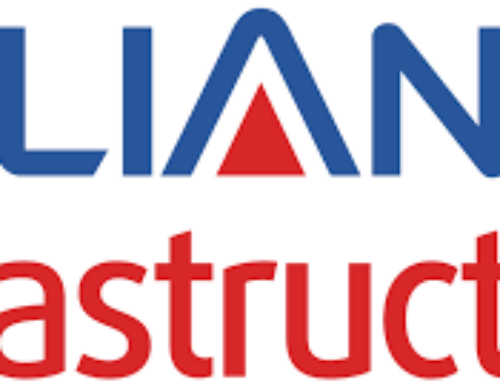Industry Profile: India has a diversified financial sector undergoing rapid expansion in terms of strong growth of existing financial services firms and new entities entering the market. The sector comprises commercial banks, insurance companies, non-banking financial companies, co-operatives, pension funds, mutual funds, and other smaller financial entities. In addition, the banking regulator has allowed new entities such as payments banks to be created recently, thereby adding to the types of entities operating in the sector. However, the financial sector in India is predominantly a banking sector, with commercial banks accounting for more than 64 percent of the total assets held by the financial system. The Government and Reserve Bank of India (RBI) have taken various measures to facilitate easy access to finance for Micro, Small, and Medium Enterprises (MSMEs). These measures include launching the Credit Guarantee Fund Scheme for Micro and Small Enterprises, issuing banks’ collateral requirements guidelines, and setting up a Micro Units Development and Refinance Agency (MUDRA). With a combined push by both government and private sector, India is undoubtedly one of the world’s most vibrant capital markets.
Driven by strong participation from retail investors and the creation of awareness by the Securities and Exchange Board of India (SEBI), equity mutual funds driven by strong participation from retail investors and result of attention by the Securities and Exchange Board of India (SEBI), equity mutual funds witnessed large inflows which were kept in the banking system before 2017. As a result, the revenues of the brokerage industry in India are estimated to grow by 15-20 percent to reach Rs 18,000-19,000 crore (US$ 2.80-2.96 billion) in FY2017-18, backed by healthy volumes and a rise in the share of the cash segment.
The Indian life insurance industry has begun to recover and is likely to report 12-15 percent growth in FY 2016-17.
In 2016, 2.4 million new Demat accounts were opened by Indians, the highest number of account openings since 2008, led by a higher number of initial public offerings (IPOs) and greater interest in mutual fund investments. SBI, the second-largest issuer of credit cards in India, has reported the issuance of 115,000 new cards in December 2016, post demonetization, taking its total card issuance to 4.75 million.
Company profile: The company is the flagship of the Piramal Group and manufactures and sells bulk drugs and formulations in India and internationally. The company’s products include Inhalation Anesthetics, Intravenous Anesthetics, and Plasma Volume Expanders. They are marketed in brands such as Saridon, Lacto Calamine, i-Pill, Supractiv, Polycrol, Tetmosol, Untox, Stop AllerG, Throatsil. etc. The company is part of the Piramal Group and has its registered office in Mumbai. With its subsidiaries, the company operates in Financial Services and Information management. Its Financial Services segment includes wholesale lending, alternative asset management, and investments in Shriram Group. Its Information Management segment is engaged in Decision Resources Group (DRG). DRG’s product and services portfolio consist of data and analytics, research products, and global consulting services.
Shareholding pattern: BSE Data
Financials and ratios : [table id=116 /]
Future prospectus: Recent resolution of DHFL proves very good for the company. Ajay Piramal tried to be a strategic investor in the Sriram group, but our come was not very good. The company is well diversified. But the entry into housing finance which is already dominated by LIC Housing finance and two big private players, is something I cant understand.




